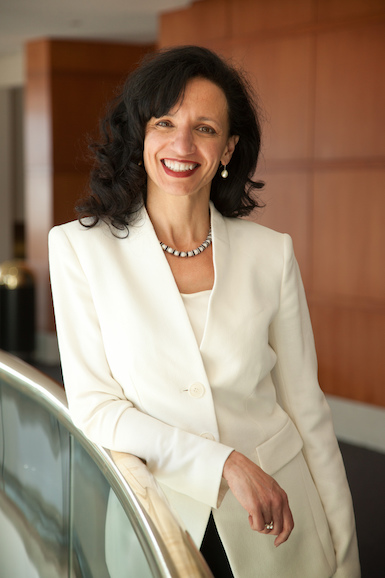[ad_1]

SMU in Dallas.
COURTESY SMU DATAARTS
A new report issued by SMU DataArts, an analysis enterprise affiliated with the arts and business schools at Southern Methodist University in Dallas, found that money spent on fund-raising among arts organizations in 11 different sectors declined in recent years, with a decrease in overall return from those activities as well.
Surveying more than 2,400 arts organizations during the four years from 2014 to 2017, the report found that, in the cultural field as measured overall, money devoted to fund-raising efforts dropped 3.3 percent, with contributed revenue from those same efforts falling 5.9 percent. Returns on investment also trended downward slightly, from $8.80 to $8.56 for every dollar spent.
Among the 11 sectors, art museums saw the greatest decline, measuring a 20 percent drop in return on investment for moneys spent on fund-raising. Three other sectors saw a drop (dance, performing arts centers, and theater), whereas seven others saw an increase in returns (identified in the report as arts education, community, general performing arts companies, music, opera, orchestras, and other museums).

Zannie Voss.
COURTESY SMU DATAARTS
“With art museums you see a pretty sober picture,” Zannie Voss, the director of SMU DataArts, told ARTnews. “If you look at size, small- and medium-size organizations saw an increase in returns on fund-raising over time. It was the large organizations”—a designation in which art museums figure heavily—“that saw a decrease. What it says is that it’s the large institutions that are encountering the most struggle in this area.”
Return on investment for funds attained by donations or gifts from individuals increased, but “larger museums really seem to be struggling with retaining the same historical levels of support from corporations, foundations, government, and trustees,” Voss said.
The study also looked at differences among organizations in different locales. Geographically, institutions in New York had the highest percentage of expenses covered by government support (9 percent), while those in Chicago had the lowest (2 percent). Organizations in New York logged the most corporate donors by average, with 12 per organization, while Los Angeles logged the least, with four per outfit. Chicago counted the strongest foundational support by measure, with 7 percent of expenses covered by gifts from foundations. (New York logged more total foundation grants than any other city, but they covered only 3 percent of expenses in the city.)
Voss said a purpose of the SMU DataArts report is “to provide context for benchmarking” for different organizations of different sizes in different sectors. “In a lot of organizations, you may get trustees pressuring directors to raise more philanthropy from corporations,” she said. “But the fact of the matter is, if you’re not raising more than 2 to 3 percent of your budget from corporations, that’s actually normal. There’s not this corporate panacea out there.”
Among the areas of interest since the data was measured, Voss said, are the changes to tax laws that went into effect in early 2018. For the time being, the report offers points of measure for shifting circumstances on a number of fronts. “It’s not just what you spend but how you spend it—and what else is going on in your market.”
The SMU DataArts report can be viewed in full here.
[ad_2]
Source link

